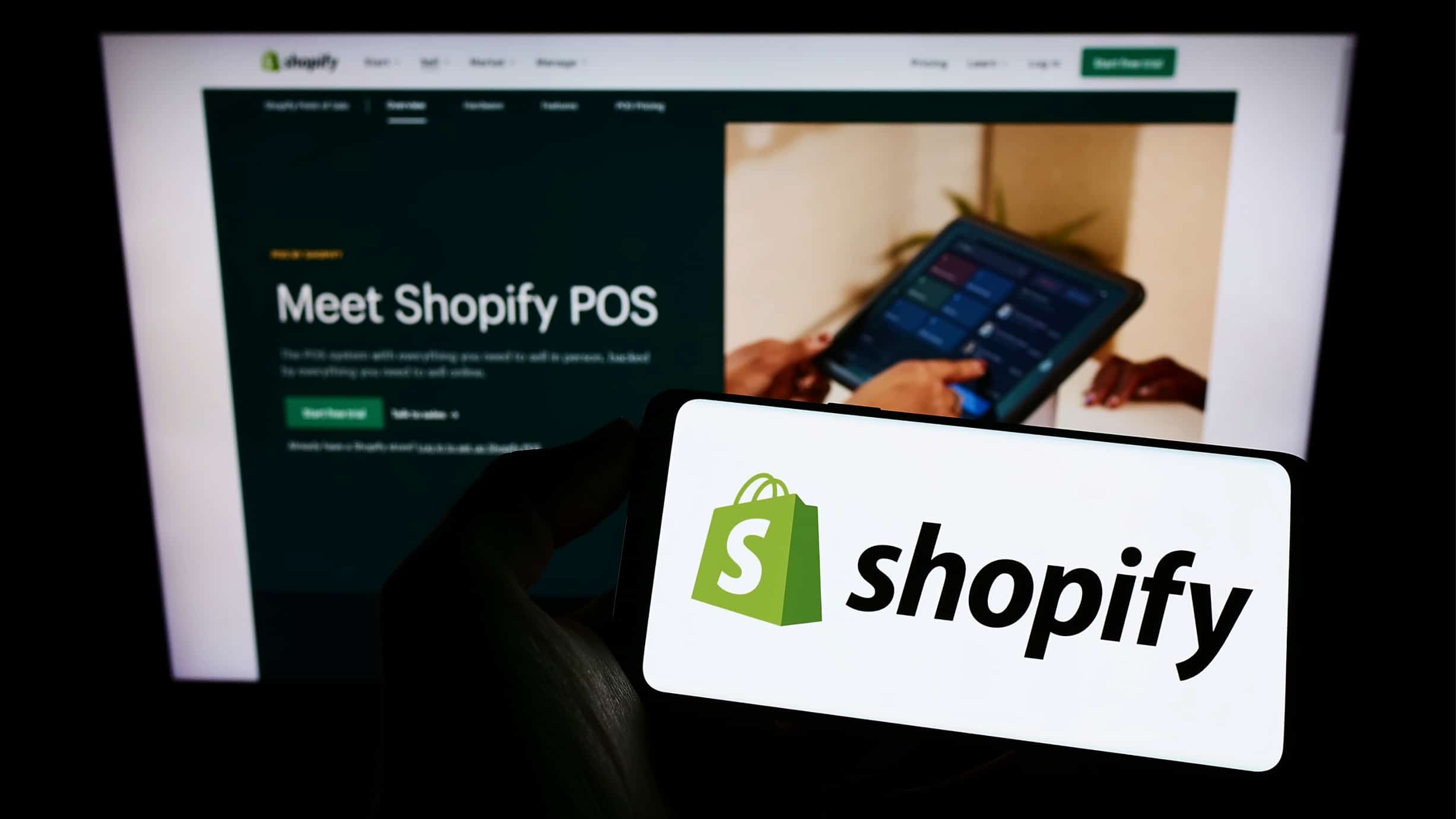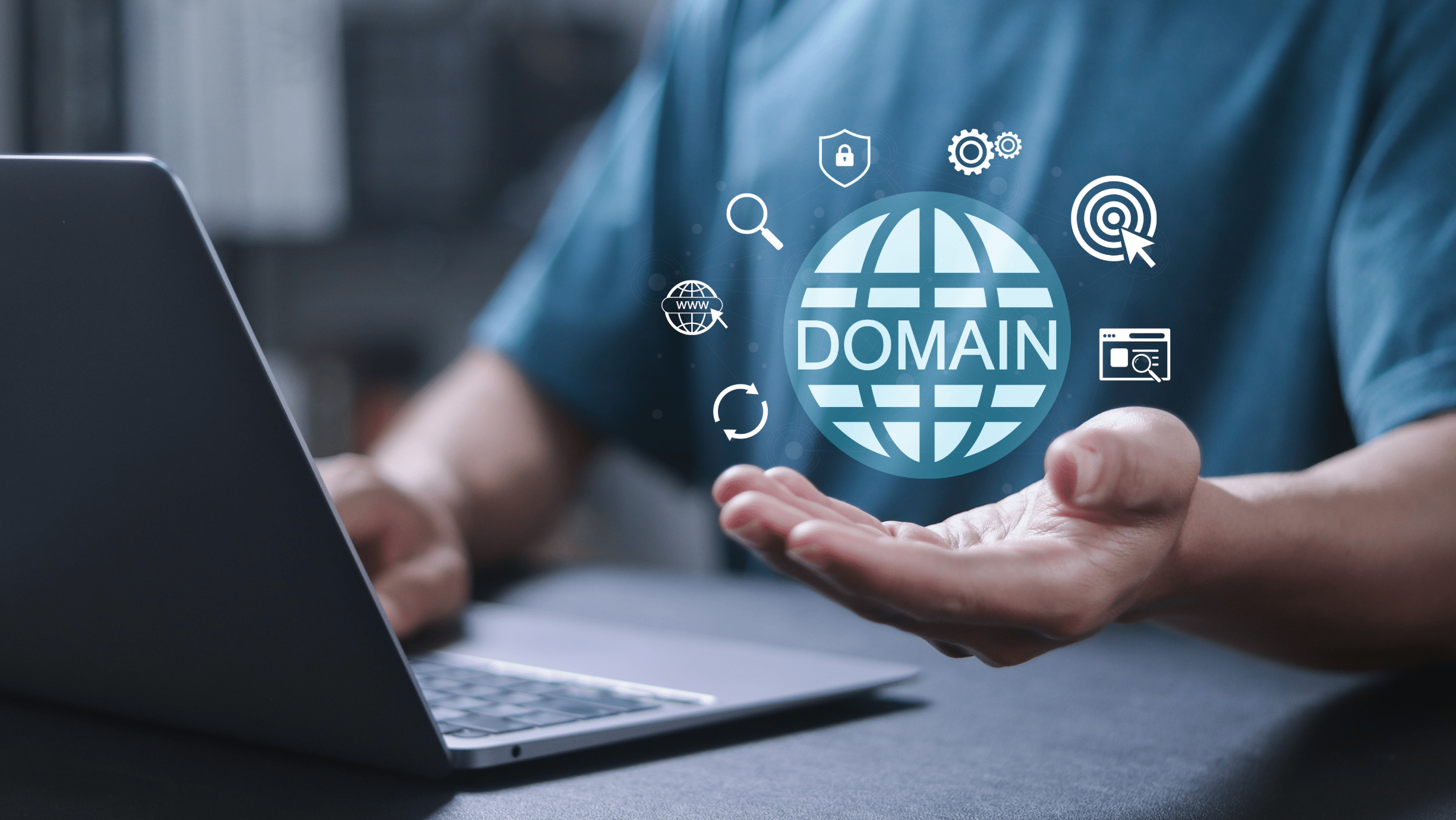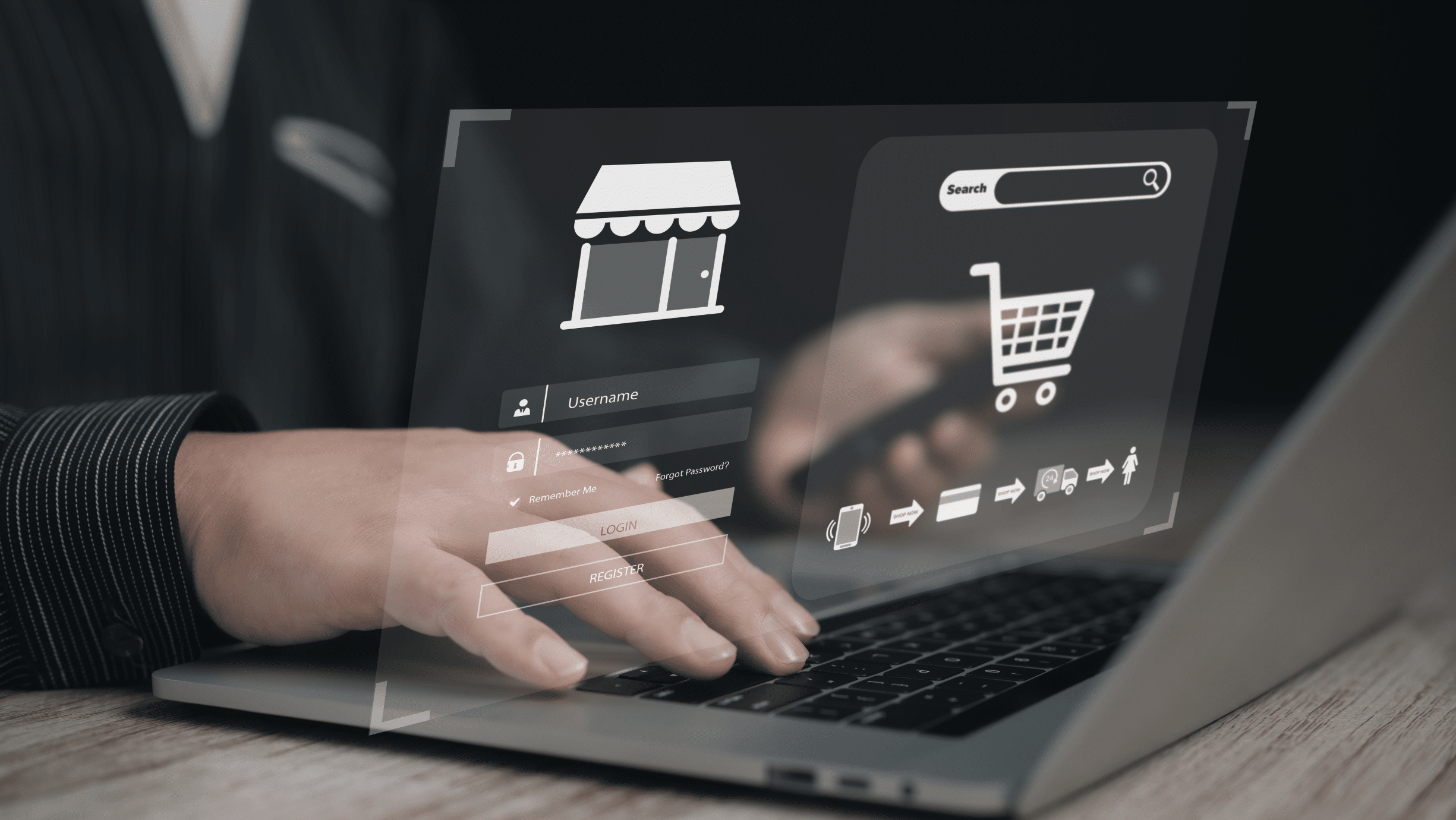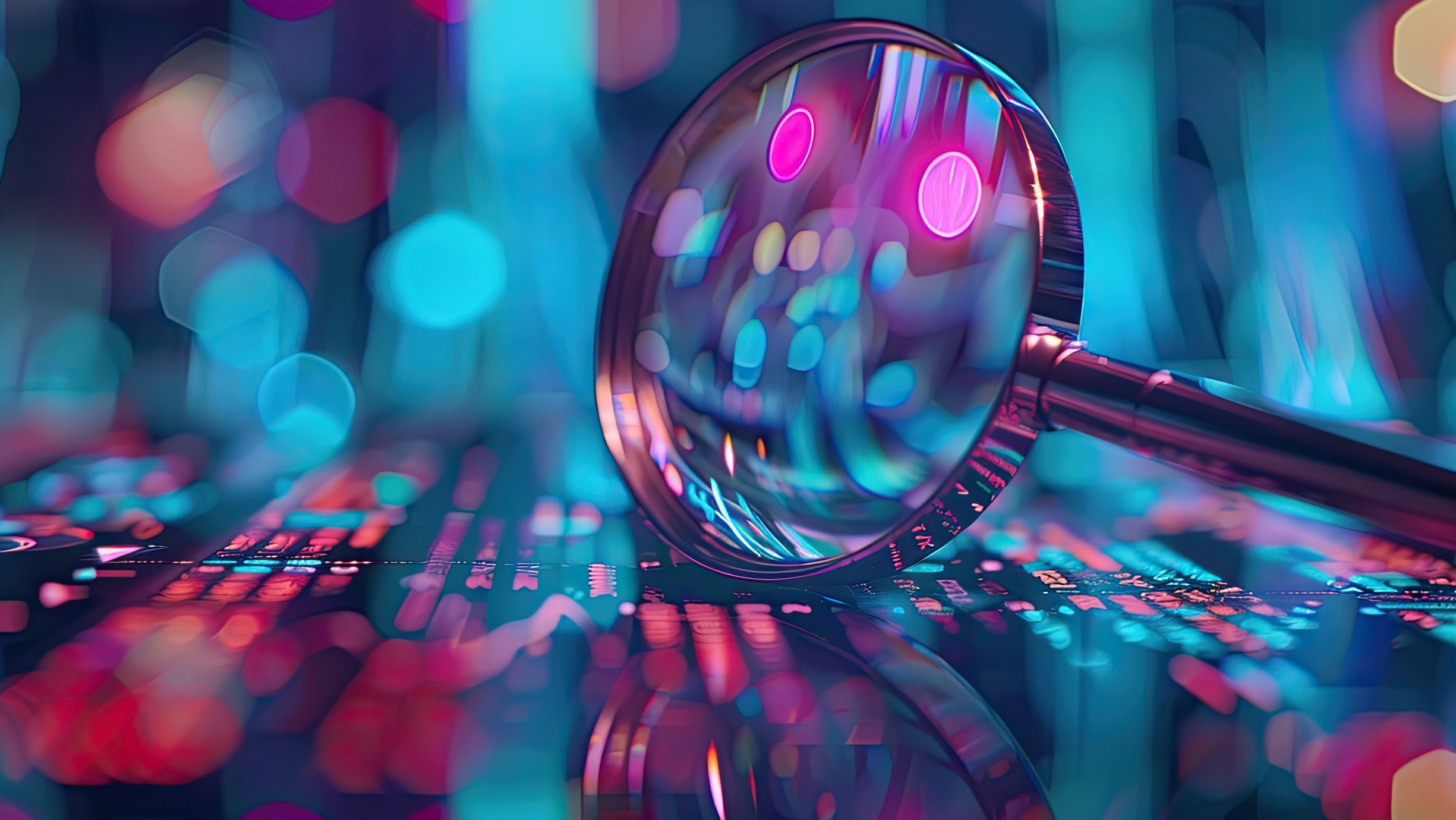Shopify is constantly evolving, introducing tools and updates to help businesses like yours succeed. As we look toward 2026, the platform is rolling out another set of powerful features designed to streamline operations, enhance customer experiences, and ultimately boost your sales. Staying on top of these changes is key to maintaining a competitive edge.
This post will guide you through the most important new Shopify features for 2026. We will explore what each feature does, how it can benefit your business, and provide practical steps to start using them.
Deeper AI Integration with Shopify Magic
Shopify has been weaving AI into its platform for a while, but the 2026 updates take it to a new level. Shopify Magic, the suite of AI powered tools, is now more integrated and smarter than ever, acting like a built in marketing assistant, data analyst, and content creator.
What’s New?
The latest version of Shopify Magic offers predictive analytics for customer behavior, automated product description generation that matches your brand voice, and AI driven blog topic suggestions. It can analyze your sales data and suggest which products to bundle or discount for maximum impact. Imagine an AI that not only writes your email campaigns but also tells you the best time to send them based on your specific customer data.
A Real World Example
A small online clothing boutique, “Urban Threads,” used the new AI to analyze its holiday sales data. Shopify Magic identified that customers who bought a specific style of winter coat were highly likely to also purchase a matching scarf within two weeks. Based on this insight, the AI helped Urban Threads create a targeted email campaign for coat purchasers, offering a personalized discount on scarves. This simple, AI driven action resulted in a 30% increase in accessory sales for the month.
How to Use It
Start by exploring the Shopify Magic features already in your admin panel. Navigate to the “Products” section and try the AI product description generator. Review and edit the suggestions to ensure they align perfectly with your brand. Next, check your “Analytics” dashboard for new AI powered insights and recommendations. For more advanced strategies, you might consider reaching out to a digital marketing agency to help you leverage this powerful data.
Enhanced Omnichannel Selling Capabilities
The line between online and offline shopping continues to blur, and Shopify’s 2026 updates fully embrace this reality. The new omnichannel features make it easier than ever to sell seamlessly across multiple channels, including your online store, physical retail locations, social media platforms, and online marketplaces.
What’s New?
Shopify has introduced a unified inventory system that syncs in real time across all your sales channels. This means if a product sells out in your brick and mortar store, it is immediately listed as “out of stock” on your website and social media shops. Additionally, the updated Shopify POS (Point of Sale) system includes features like “buy online, pick up in store” and “buy in store, ship to home” with greater ease and reliability.
A Real World Example
“The Book Nook,” a local bookstore with a growing online presence, struggled with managing its inventory. A book sold in store might still appear available online, leading to customer frustration. With the new unified inventory system, their stock levels are always accurate everywhere. They also started offering in store pickup for online orders, which increased foot traffic and led to additional in store purchases. This streamlined process improved both their efficiency and their customer satisfaction.
How to Use It
If you have a physical location, ensure you are using the latest version of the Shopify POS app. Explore the settings to enable local pickup and delivery options. Connect your social media accounts like Instagram and Facebook to your Shopify store to enable direct shopping. This creates a cohesive brand experience no matter where your customers find you.
Advanced Personalization and Customer Segmentation
Generic marketing no longer cuts it. Customers expect personalized experiences, and Shopify’s 2026 features give you the tools to deliver just that. The platform now offers more advanced options for segmenting your audience and tailoring your marketing efforts.
What’s New?
Shopify’s customer segmentation tools are now more granular. You can create segments based on a wider range of criteria, including purchase history, browsing behavior, location, and even predicted future spending. This allows you to create highly targeted marketing campaigns. For example, you can send a special offer to customers who have viewed a specific product more than three times but have not yet made a purchase.
A Real World Example
A company selling artisanal coffee, “Brew Masters,” used the new segmentation tools to identify a group of customers who consistently purchased dark roast beans. They created a segment for these “dark roast lovers” and sent them an exclusive first look at a new dark roast blend. The targeted campaign felt personal and exclusive, leading to a 50% conversion rate from that segment alone.
How to Use It
In your Shopify admin, go to the “Customers” section to start creating segments. Begin with a simple segment, such as “repeat customers” or “customers who have not purchased in 90 days.” Craft a specific email campaign for this group with a relevant offer or message. As you get more comfortable, you can build more complex segments based on browsing and purchasing behavior to further refine your marketing.
Greater Customization with Shopify Functions
For businesses that want to create a truly unique shopping experience, Shopify Functions are a game changer. While this feature is more technical, it unlocks a new level of customization without needing to edit complex code directly or rely on third party apps for every little change.
What’s New?
Shopify Functions allow developers to write small pieces of code that modify parts of Shopify’s backend logic. This means you can create custom discount rules, unique shipping options, or specialized payment methods tailored to your business needs. For example, you could offer a “buy one, get one 50% off” deal that only applies to specific product combinations, a rule that was previously difficult to implement.
A Real World Example
A subscription box company, “Snack Crate,” wanted to offer a tiered discount for customers who subscribed to multiple boxes. The longer the subscription, the bigger the discount. Using Shopify Functions, their developer created a custom logic that automatically applied the correct discount at checkout based on the subscription length, simplifying the process for both the company and the customer.
How to Use It
Because Shopify Functions require some coding knowledge, this feature is best suited for businesses with a developer on staff or those working with a Shopify expert agency. If you have a unique business need that isn’t met by Shopify’s standard features or existing apps, discuss the possibility of using Shopify Functions with your technical partner. This can help you build a more competitive and tailored e-commerce experience.
Getting Ready for 2026
The new features Shopify is introducing for 2026 are designed to help you sell smarter, not harder. By embracing AI, unifying your sales channels, personalizing customer interactions, and customizing your store’s logic, you can build a more resilient and profitable business.
Start by exploring these features one by one. You do not need to implement everything at once. Identify which updates will have the biggest impact on your business and begin there. By staying informed and proactive, you can ensure your Shopify store is ready for success in 2026 and beyond.
We Want To Talk To You About Your Marketing Goals.
Let’s Supercharge Your Online Growth!

